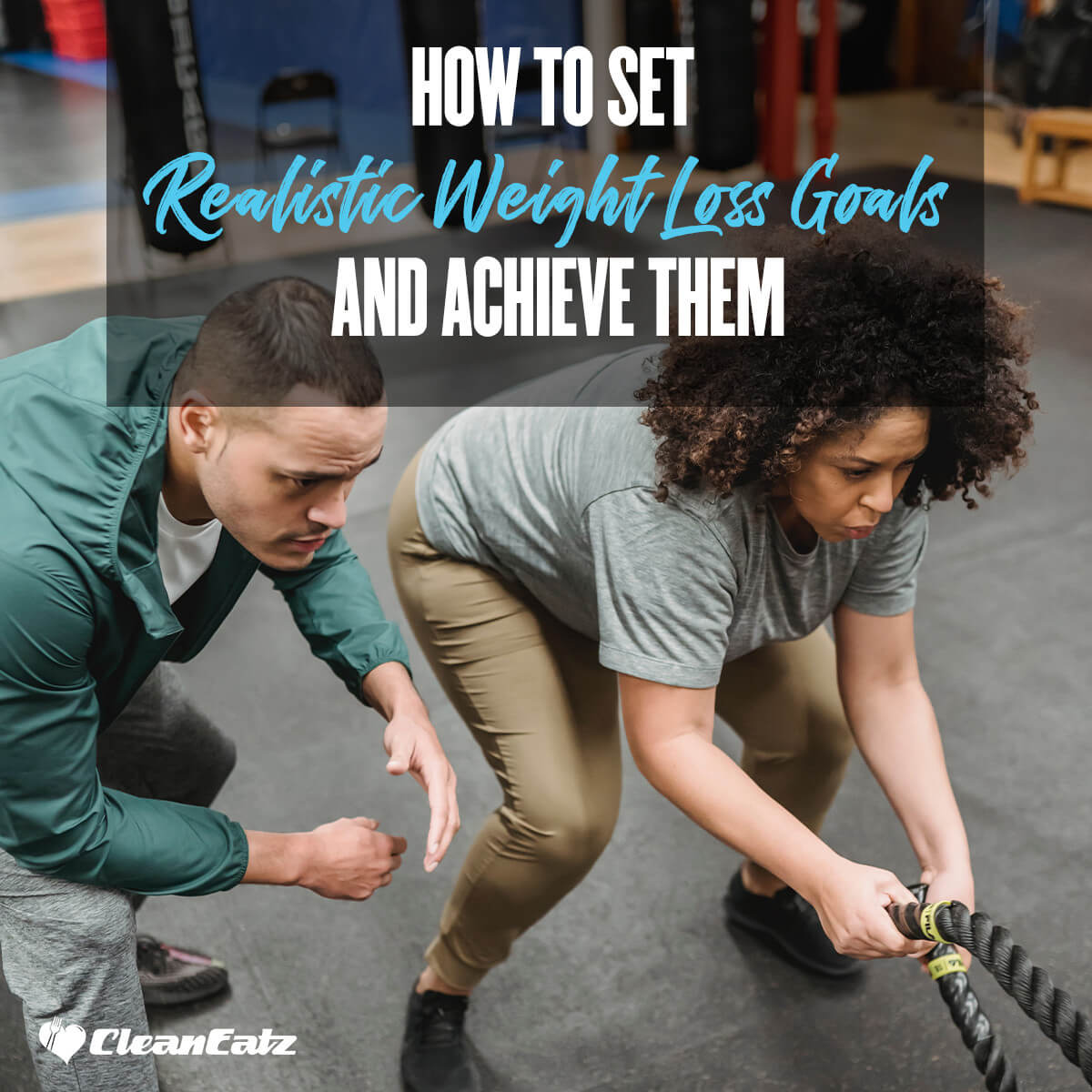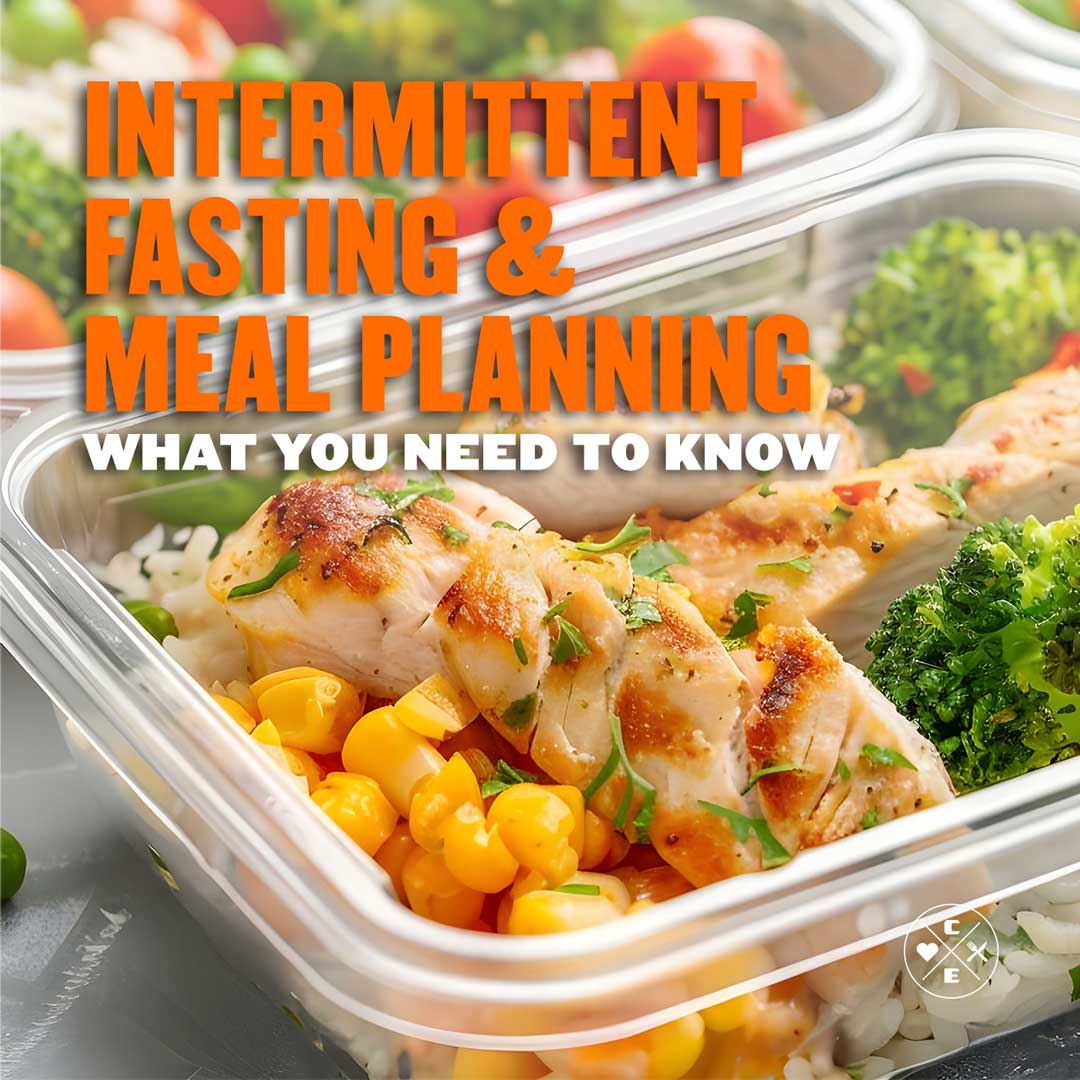
How To Set Realistic Weight Loss Goals and Achieve Them
Dorothy M. Shirnyl, RND
Nutrition
|
Weight Loss
|
Healthy Lifestyle
10 minute read
We all have goals we want to achieve. We want to be more successful, more wealthy, healthier, and get in better shape. But sometimes achieving those goals becomes a true ordeal and the more we try the further away they seem to move. This is particularly difficult for goals related to our health and fitness, like losing weight, where we tend to want to achieve results yesterday and we might end up running in circles with no results.
So today we want to share with you our best tips to help you set realistic and achievable goals on your weight loss journey, but not only that. We want you to achieve your goals so we’ll show you the best way, backed by research, to achieve those amazing goals.
How To Set Realistic Weight Loss Goals and Achieve Them
Truly there’s nothing more discouraging than putting effort in and not seeing your goals and dreams come through. When you feel like you’re giving your all and still seem too far away from the goal, not seeing the weight on the scale go down, and starving yourself every day wondering what you are doing wrong. Well, maybe you’re guilty of one of these common mistakes we all make when setting our weight loss goals and our efforts to achieve them.
- Wanting to change everything at once: Change is difficult, it requires thought, action, motivation, and discipline to maintain a change long enough so it becomes a habit (more than 21 days according to science). And if one change is difficult, the more things you try to change at once the greater the risk of not begin able to sustain the change and see it through.
- Aiming for the stars without a clear path: Maybe you have big goals, you want to lose 50 pounds, get in shape, eat better, get strong, and the list goes on and on. Dreaming big has nothing wrong, but these goals seem a bit broad and unspecific, and don’t have a clear path of action, leaving you with a bunch f wishes you want to achieve and no clear road to get there.
- Not having short-term goals that lead to a bigger one: On that same line, if the goal is quite big, like losing 50+ pounds, you surely know and understand that that goal will take some time, and if you don’t break it down into smaller goals or milestones you will feel discouraged at seeing the big one still far away.
- Not having a deadline: Not having a clear time goal or deadline for you, whether it is a wedding, a student reunion, a gathering of old friends, your summer vacation, etc. To motivate you and give you something to aim for, the goal just becomes a bit weaker and easier to push away into the future, never becoming a reality. Sometimes a little time pressure can help you do the things you need to do every day to get there.
- Not measuring and acknowledging your accomplishments: Just as we mentioned setting goals that are too big and too far into the future can lead to discouragement and frustration, not being able to recognize the path that you’ve already walked and the milestones you’ve already achieved will surely finish killing your drive and have you quitting when you might just be on the right track. And the best way to have solid data that shows you what you have been doing and where you’re at is to measure everything you can on your journey: weight on the scale, body measurements, energy levels, number of sessions you went to the gym, how much you’re eating, etc.
- Focusing only on the outcomes: you want to lose X pounds, you want to gain Y amount of muscle, you want to fit in Z size clothing; these all are great goals, specific and hopefully with a realistic time frame. But focusing only on the outcome you want to achieve might be another road leading to frustration and quitting. You could instead try to rephrase and refocus your efforts away from outcome goals, and on behavior goals that will lead to a desired outcome.
This last point leads us to our next on how to break up your goal into realistic, actionable steps you can take right now right where you are and start moving towards your weight loss goals.
Breaking goals into skills, skills into practices, and practices into habits
Habits are the little things we repeatedly do. Every single day, or at least most days, and add up through time to a big outcome which can be something desirable or not, depending on the habits we choose day after day. So choosing the right ones that lead straight to your goal and then practicing them consistently is not only the best road to your goals, but actually the only road to a sustainable change that lasts.
There are a few characteristics your goal needs to have to be promoting change and allow for a clear perspective on the road to follow, we already gave you an idea of a few above but let’s just recap. To be easier to attain your goal should be:
- Specific and measurable at every step
- Have a realistic time frame or deadline.
- Easy to brake into smaller steps.
- Segmented and focused on one change at a time.
- Behavior-based and not only outcome-based.
This will allow your big goal to be easily divided into smaller sequential steps you can follow and that will pile on to take you to your end goal. And the process of breaking down your goals to know what you should be doing every day is quite simple:
- Parting from your big goal of losing weight, which is highly outcome-based, you can see a way to reframe it to be behavior-based. For example, you know that to be able to lose weight, and more importantly, keep it off, you would need to learn to eat better consistently, knowing exactly how much to eat. That is a nice goal to have but still doesn't give a clear path, you need to think of the skills required to achieve that goal
- Thinking of that behavioral goal, what skills does someone that eats well consistently have? They probably know how to manage hunger and have better appetite awareness. That is definitely a helpful skill that can lead you to weight loss, but still no clear path so you need to break it down further into the actions that you should take.
- This is all about the things you can practice daily to make sure you acquire the skill of better hunger and appetite awareness. What would help you get there? Things like eating only when hungry, eating only until satisfied and not stuffed, eating slowly so your body can let you know when it’s had enough food, or even measuring your portions of meals. Now, these sound like things you could be doing every day. Just one more step to go.
- Remember one of the mistakes you should avoid which is changing everything at once, pick one of these practices that will lead you to build the skills you need to meet your goal and well, practice it consistently. Want to practice eating slowly? To make that a habit you should practice it daily, at any chance you have.
Setting realistic weight loss goals and habits
Hopefully, by now you understand that the road to successfully achieving your weight loss goals is breaking them down into small actionable steps you can take every day to get you closer to that end goal, and we call those habits. But how do you know you’re choosing the right ones? Here are a few tips to choose which habits to practice daily to get to that weight goal:
- Simple: make your habits as simple as you can, anything that could be done without much effort in the context of real-life based on your own schedule, your knowledge, and your ability. The easier it is, you’re more likely to consistently do it and make it part of your life, and then move to the next habit that will be progressively more demanding until you reach the finish line
- Small: Broken down from your goals, and focused on the skills you need to develop, into a smaller and more manageable habit that can easily be added to your life most of the time on a daily basis. Want to lose 10 pounds? Then your behavior should be to eat until satisfied (not overstuffed) at every meal, and to achieve this you should practice eating slowly at every meal, and to make sure you are eating slowly you can take sips of water between bites, or put down the fork between bites, or take a breath between bites, or time your meals, etc. Having a set of small habits to practice that builds on each other will be like a ladder you can climb to get to the top.
- Progressive: Your small habits should build on top of the previous ones and create a snowball effect of success. If you want to lose weight, then you should learn to eat better all the time, start by:
- Eating slowly at all/most meals, once you master that, you can
- Practice eating only until you are about 80% full (slowly), then
- Add more protein to most meals (and eat them slowly to 80%full), then
- Adding more veggies (along with the protein and eating all of those slowly to 80% full), then
- Planning your next meal(s) to make sure they are healthy (meaning they will have more protein, and veggies and will be eaten slowly to 80% full), then you can
- Prepare some of those meals in advance, or hire a meal prep service, to always have something healthy to eat at hand.
- And if you have always, or at least most of the time, something healthy to eat that you planned in advance and includes protein, vegetables, healthy carbs, and fats in the right portion sizes, and you eat all those meals slowly to 80% full. Then you have achieved your goal of eating better consistently. Time to move on to the next goals.
The simpler and more enjoyable you can make your habit practice, the easier the journey will be to lead you directly to your weight loss goal, and more importantly, to keep that weight off once you lose it.
If you want to learn more about weight loss you can find a lot of helpful information you can start implementing in your life today by checking out our amazing articles here.
Related Articles
Clean Eatz Kitchen vs. Factor_
10 minute read



